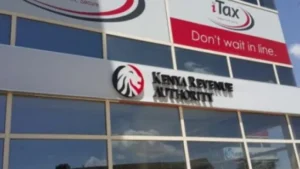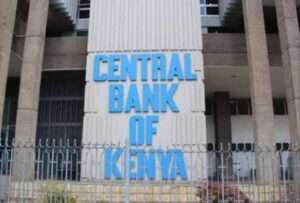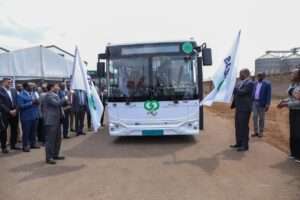
President William Samoei Ruto on November 28, 2025, launched the Nairobi–Nakuru–Mau Summit Road (A8) and the Nairobi–Mai Mahiu–Naivasha Project, hailing the initiative as the “dawn of a new era” for Kenya.
The project, valued at over Sh170 billion, is being celebrated as debt-free and is set to become one of the country’s largest modern infrastructure undertakings.
Ruto said the project marks the foundation of “a Kenya reborn,” driven by ambition, innovation and determination.
He noted that the two highways will be delivered under a world-class Public-Private Partnership (PPP) model that positions Kenya as a leader in modern, sustainable financing.
Speaking during the launch, the President revisited the country’s long-standing development dilemma, saying major infrastructure projects had historically been limited to three untenable choices.
“Relying on the national budget was impossible as a single highway could consume nearly half of the entire annual development budget,” he stated.
Ruto added that borrowing was equally unsustainable due to the existing debt burden and limited fiscal flexibility, while slowing down development was never an option. He argued that past dependence on unsustainable financing led to stagnation and a quiet paralysis.
“The decision to proceed with the Public-Private Partnership (PPP) model is a strategy to break those chains, allowing the government to work smarter and in partnership with the private sector,” he urged.
The project consists of two major sections, the 175-kilometre Nairobi–Nakuru–Mau Summit Road and the 58-kilometre Nairobi–Mai Mahiu–Naivasha Road, both of which will be transformed into multi-lane dual carriageways.
The Nairobi–Nakuru–Mau Summit corridor will be reinforced to handle heavy commercial traffic, featuring new interchanges, dedicated truck lanes, pedestrian bridges and intelligent transport systems.
The Nairobi–Mai Mahiu–Naivasha section will be upgraded to enhance connections to the Naivasha Inland Container Depot and nearby industrial zones.
As a critical artery linking Kenya to Uganda, South Sudan, Rwanda, Burundi and the Democratic Republic of Congo, the corridor is expected to significantly boost regional trade by enabling faster and safer movement of goods and passengers.
Ruto also highlighted the project’s economic impact, noting that it will create thousands of jobs, including 15,000 training opportunities for young Kenyans, ensuring strong local participation and business involvement.
“The government welcomes the expertise of its Chinese partners to strengthen the projects and build local capacity. This highway launch is part of a broader roadmap for a first-world economy,” he asserted.
The President added that the government will next break ground on additional major dual-carriageway corridors, modernise airports and ports, and extend the Standard Gauge Railway (SGR) from Naivasha to Kisumu and later to Malaba, beginning January 2026.







